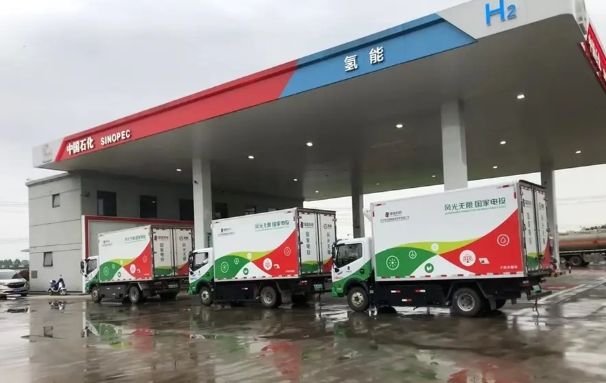
Vehicles operated by Hubei Hydrogen Power Company are queuing up to refuel with hydrogen
Key recipients include Tangshan, receiving $65.8 million (479 million yuan), Beijing with $61.8 million (450 million yuan), Shanghai with $57.5 million (419 million yuan), Zhengzhou with $35.5 million (259 million yuan), and Tianjin with $23.1 million (168 million yuan). These cities are central to China's efforts to expand hydrogen vehicle deployment.
Launched in August 2022, the FCEV demonstration program aims to promote hydrogen technology commercialization through significant financial support. Each demonstration cluster can receive up to $256.8 million (1.87 billion yuan) over four years, with a total program cap of $1.28 billion (9.35 billion yuan). To date, 54.6% of the allocated funds have been disbursed. However, only 15,850 vehicles—48.8% of the target of 32,455—have been deployed as of March 2025, with one year remaining to meet the goal.
The program has expanded to include six new cities—Luliang, Puyang, Jiyuan, Dalian, Cangzhou, and Hami—which are projected to deploy over 4,000 additional FCEVs by the end of 2025. Additionally, Foshan in Guangdong Province has initiated a tender for 1,000 hydrogen logistics vehicles, reinforcing local efforts to adopt hydrogen technology.
Infrastructure development is also progressing, with the Western Land-Sea New Corridor “Hydrogen Corridor” recently launched to support heavy-duty hydrogen trucking routes across regions.
"With the support of national policies, it will not be difficult to increase the volume of hydrogen vehicles," stated officials monitoring the program's progress, expressing optimism about meeting deployment targets.